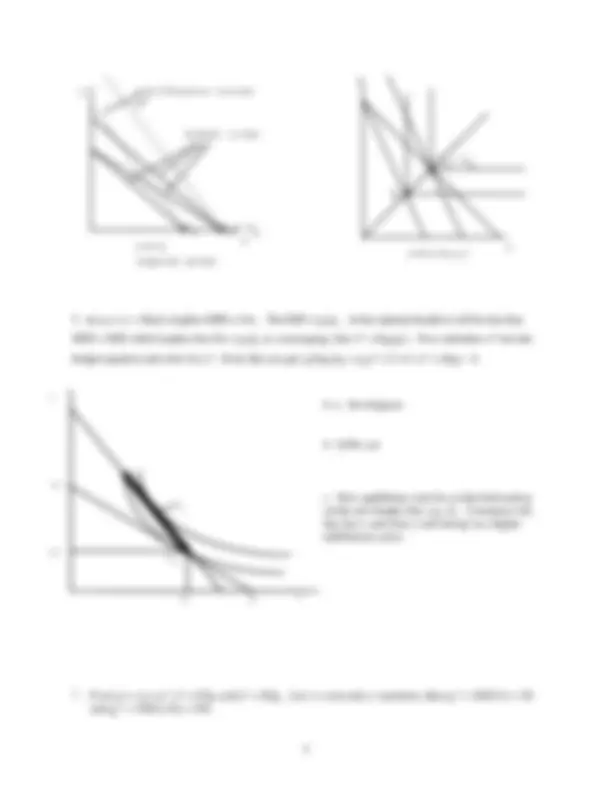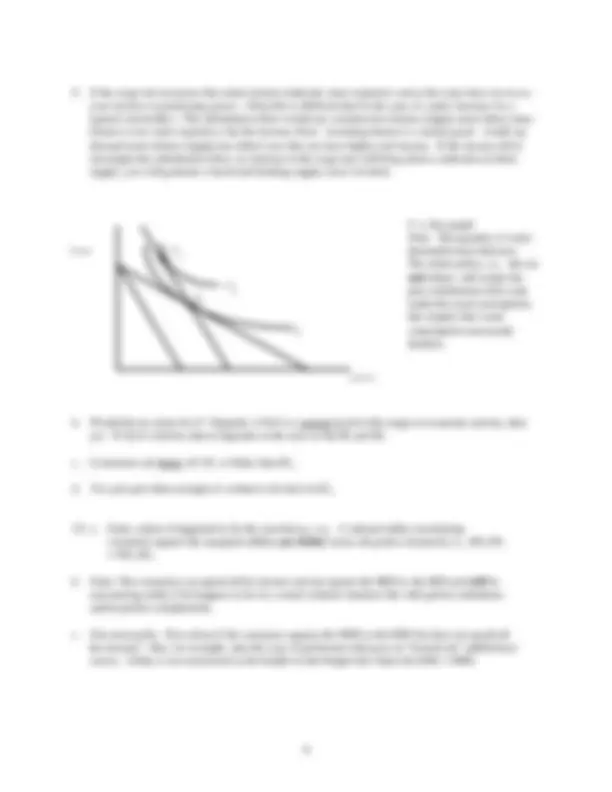




Study with the several resources on Docsity

Earn points by helping other students or get them with a premium plan


Prepare for your exams
Study with the several resources on Docsity

Earn points to download
Earn points by helping other students or get them with a premium plan
Community
Ask the community for help and clear up your study doubts
Discover the best universities in your country according to Docsity users
Free resources
Download our free guides on studying techniques, anxiety management strategies, and thesis advice from Docsity tutors
Solutions to problem set #2 in an intermediate microeconomics course. It covers topics such as demand systems, price and income consumption curves, and the impact of price changes on consumer behavior. The document also discusses the relationship between marginal utility and price, and the concept of consumer surplus.
What you will learn
Typology: Lecture notes
1 / 4

This page cannot be seen from the preview
Don't miss anything!



Intermediate Microeconomics - Wissink BRIEF ANSWERS TO PROBLEM SET #
For u=min{ax, by} you have to recognize that you always want ax=by. Therefore x=(by)/a. Now plug that into the budget line and solve for y and you get: pxx+pyy=I where x=(by)/a. You eventually get: y=(aI)/(bpx+apy) and x=(bI)/(bpx+apy).
p /px y = 1
PCC
y
x u=x+y
y
x
PCC
u=min{x,y}
ICC
u=xy
y
x
ICC
u=min{x,y}
y
x
water
$aog E 1
E 0
IC
IC
1
0
b. Would the tax alone do it? Depends: if H 2 0 is a normal good in this range of economic activity, then yes. If H 2 0 is inferior, then it depends on the sizes of the IE and SE.
c. Consumers are better off: IC 1 is better than IC 0
d. Yes, just give them enough of a rebate to be back in IC 0.
b. False: The consumer can spend all his income and not equate the MRS to the ERS and still be maximizing utility if he happens to be in a corner solution situation like with perfect substitutes and/or perfect complements.
c. Not necessarily. How about if the consumer equates the MRS to the ERS but does not spend all his income? Also, for example, take the case of preferences that gave us "bowed-out" indifference curves. Utility is not maximized at the bundle on the budget line where the ERS = MRS.